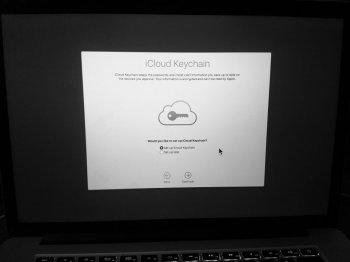Don't make excuses for poor design choices.
I know i could make a Dump/Temp/Working directory, but it's the added convenience of have a full screen, always open folder, where i can just dump stuff on. These files wouldn't last longer than a day on the desktop. I'm a highly organised person who doesn't fill my desktop with crap.
In fact most users have cluttered desktops. So it will be funny to watch the performance hit when everyones upload bandwidth is saturated.
This will be something network administrators will throttle the crap out.
When people add a file to their Dropbox account, its because they want it to upload. People don't place stuff on their desktop to be shared. Again, a poor design choice, and one thats easily fixed by separating the option.



